Are you looking for personal narrative examples by Latinx authors? Here are some ideas from the new anthology edited by Saraciea J. Fennell, Wild Tongues Can’t Be Tamed.
This anthology features 15 stories from the Latinx diaspora. If you’re looking for personal narrative examples, Wild Tongues Can’t Be Tamed is a rich source of teaching materials.
Here are four stories I loved and ideas for integrating them into your Secondary ELA curriculum.
Personal Narrative Examples for High School
“A Mi Orden: a Meditation on Dichos” by Elizabeth Acevedo
“They were a constellation heavily riddled with teaching me my place.”
Author and poet Elizabeth Acevedo strikes again! If you’ve read With the Fire on High or The Poet X, you know Acevedo connects with her teenage readers. Here, Acevedo reflects on one dicho from her grandfather. Her understanding of this saying developed as she grew up. She reflects on the societal expectations of Latinx girls and her relationship with her mother.
Personal narrative examples aren’t just for a writing unit! Societal expectations and being biencriada is a theme that connects to Romeo & Juliet. This modern example shows how a teenage girl deals with others’ expectations. Acevedo’s experience is a good counterweight to the tragedy of Juliet.
Find more ideas to help create an inclusive Romeo & Juliet unit here!
“Eres Un Pocho” by Mark Oshiro
“It will be like a piece of the puzzle that is your sense of self falling into place. Just one piece, though. You still need many others.”
Mark Oshiro, author of Anger is a Gift, shares his experiences growing up as a Latinx adoptee living in Idaho. He’s a poet like Acevedo, and that shines through, even in his prose. You could use the form of this personal narrative as a mentor text and ask students to consider the author’s purpose in using the jumps in time.
For more short texts by LGBTQ authors, check out this post.
“#Julian4spiderman” by Julian Randall
“Everyone is counting on Miles Morales, and only he knows it. In this way, we are the same boy, just in different universes.”
This is an intensely readable personal narrative example! Julian Randall traces his understanding of his identity through his connection to Miles Morales, Spider-Man. Randall, like Miles, is Afro Latinx and struggles with expectations from home and school. (If you’re not familiar with Miles Morales, check out Jason Reynolds’ middle grade version AND the epic movie Into the Spider-Verse. It’s one of my favorite movies of 2018!)
Superhero stories help students to explore identity and societal expectations. Every superhero has an origin story. Middle school and high school students are LIVING their origin stories. Randall identifies with Morales and uses this one literary connection to explore his understanding of himself. Students can do the same with another superhero or any character from a book or movie. Looking to share more about Miles? This trailer for Into the Spider-Verse has the leap of faith moment that Randall references.
(Seriously, please watch this most excellent movie.)
“The Land, the Ghosts, and Me” by Cristina Arreola
This personal narrative is about ghosts and identity. Arreola’s connection to the paranormal is part of how she sees herself. She sees her openness to the paranormal as a part of her culture and heritage. This poetic reflection is worth reading and sharing.
For high schoolers, this could be a wonderful opportunity to ask them to explore a tradition or belief held by their family members and how that plays into how they see themselves. For example, we hear stories of Irish grandmothers who still put out bowls of milk for faeries. What do your students think of these traditions? How does it help them understand their families? How does Arreola better understand her parents through her experiences with ghosts?
Looking for YA novels by Latinx authors? Check out my favorites here 🙂
How do you teach personal narratives?
By drawing on personal experiences, we give two major gifts to our students. First, if they begin with an actual event or characters, they aren’t starting from scratch. That makes writing more accessible. Second, if we embrace sharing authentic experiences, we can strengthen our classroom community.
When students read the examples above, you can empower them as experts. What did they enjoy about these stories? Where did the writers create suspense? How did the writers flesh out their characters? Honing this expertise as readers will translate into more powerful writing.
Next, get students writing! Here’s how I set up my writing workshop, including giving students the resources to give each other feedback.
Mentor Texts for Personal Narratives
This post is all about connecting you to four great personal narrative examples to use as mentor texts! How do you use personal narrative in your classroom? Let me know! Comment below or reach out on IG @nouvelle_ela!
I received this ARC from @macmillanreads in exchange for an honest review. Big thanks to them! Want to learn how you can recieve free books for your classroom library in exchange for writing reviews? Check out this blog post 🙂
Happy teaching!

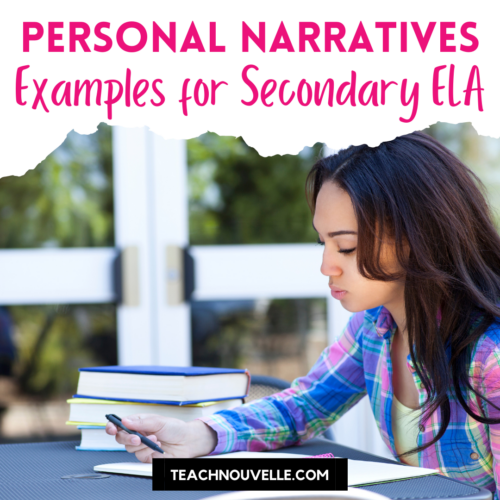
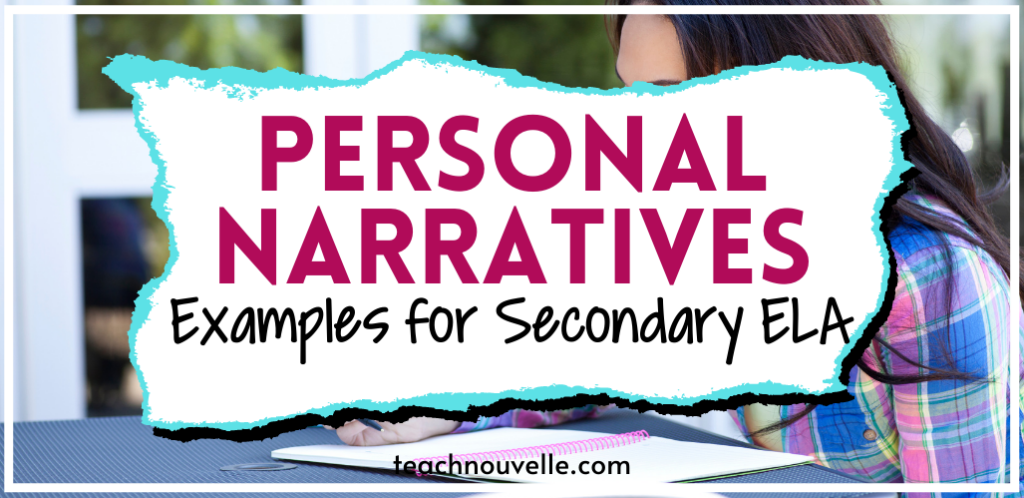
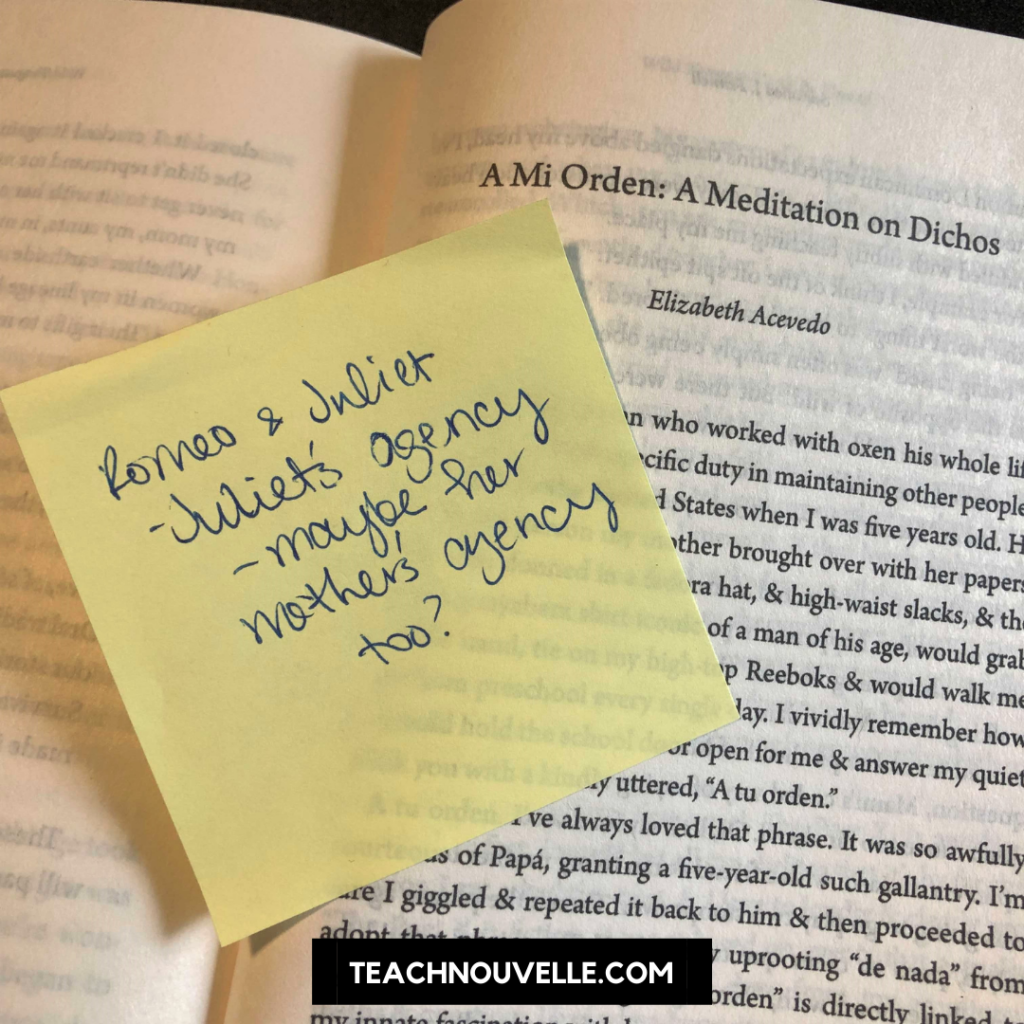
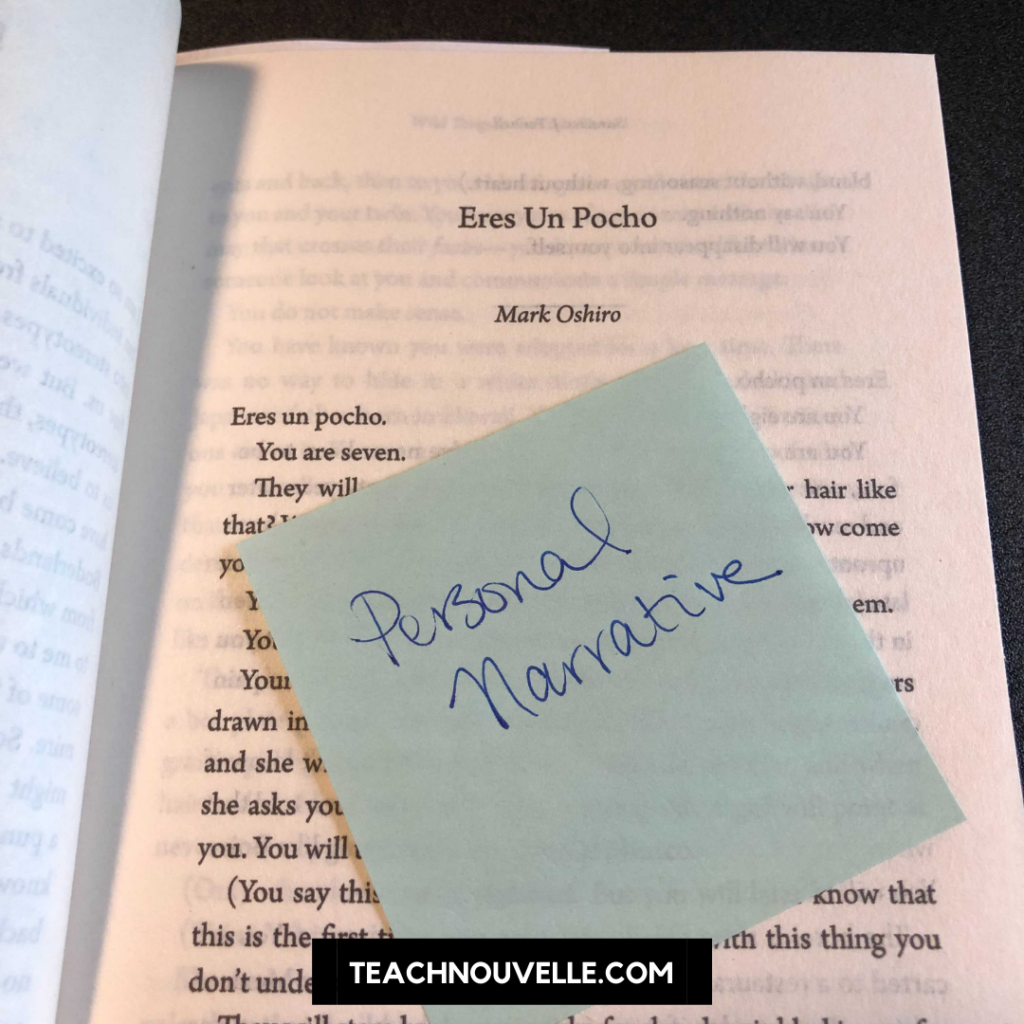
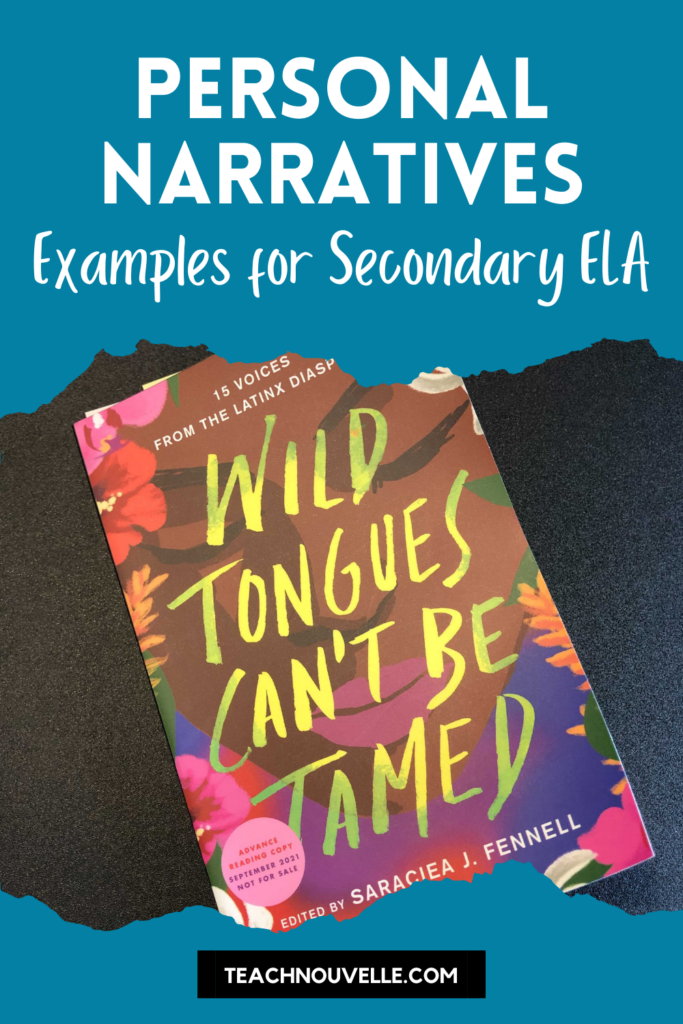

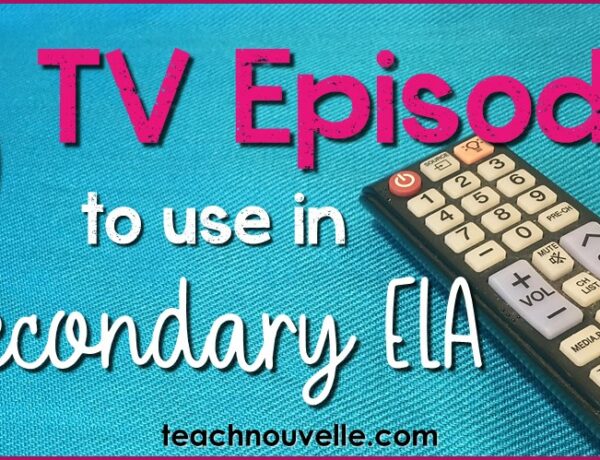
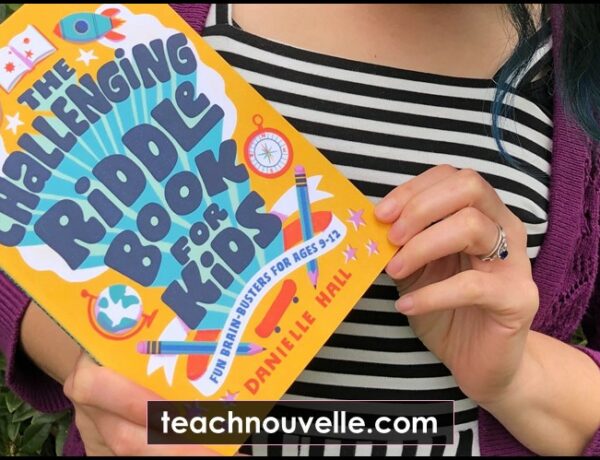
No Comments